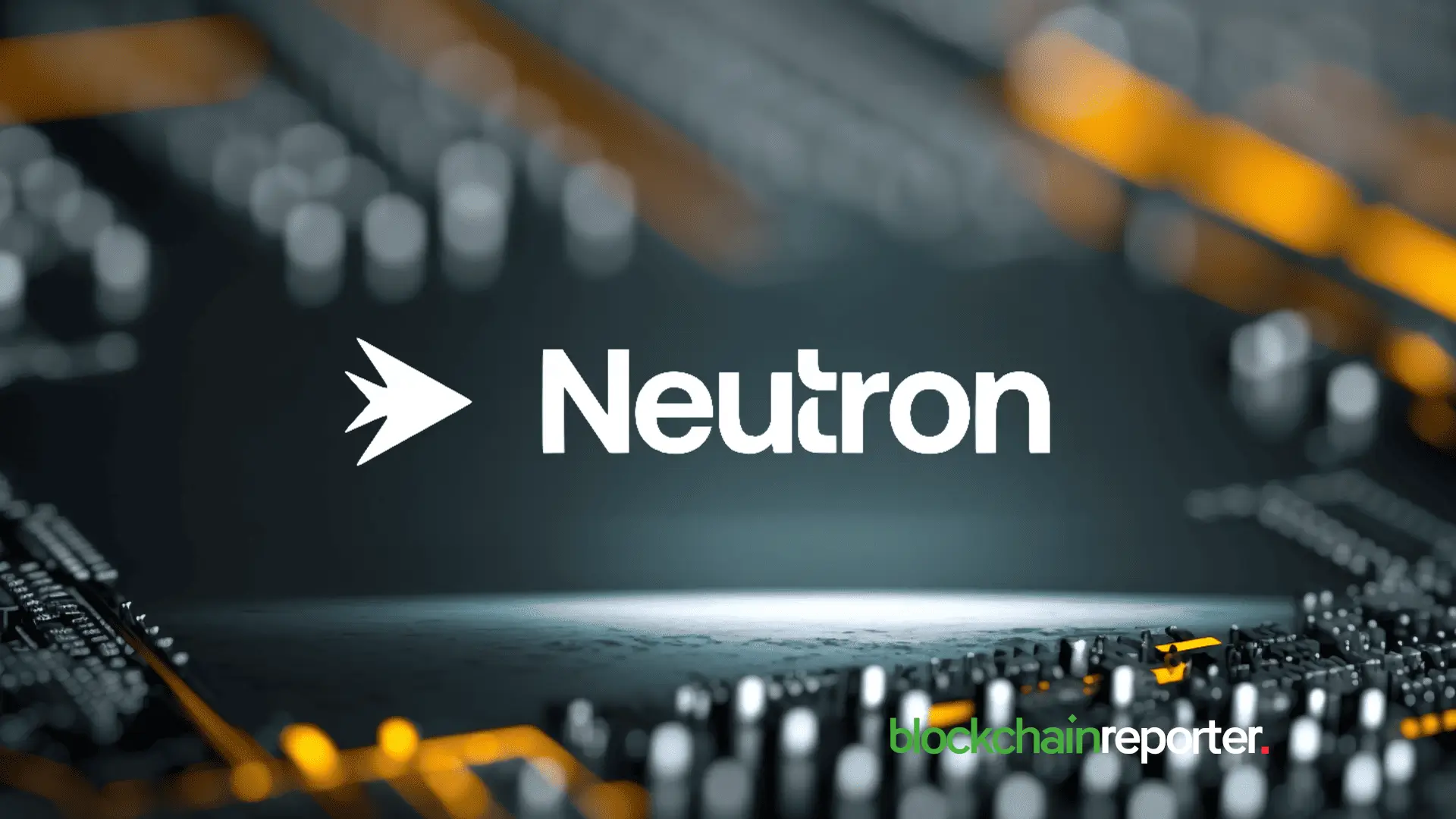- DAT raises $20B in 2023, evolving market focus.
- Institutional focus on execution, M&A heightens.
- Crypto startup funding faces crowding-out impact.
Digital Asset Treasury has secured over $20 billion in funding this year, indicating a strategic shift in the cryptocurrency sector.
Institutional investors focus on mergers and acquisitions, impacting traditional crypto startups with constrained funding and smaller upcoming projects.
$20B Treasury Inflows Spur Strategic Market Shifts
The Digital Asset Treasury has accrued over $20 billion this year, significantly impacting the landscape. Institutional investors are steering attention from high-value premiums to execution, mergers, and acquisition strategies. These activities are reshaping conventional crypto startup financing, noted ChainCatcher, with major players adopting refined approaches.
This strategic pivot is causing immediate effects. Traditional crypto startup financing is increasingly crowded out, as revealed by industry sources. Further project launches are anticipated early next year, though their scales are predicted to be smaller, highlighting a shift towards tactical capital allocation.
Reactions within the cryptocurrency community echo these changes. Joseph Chalom expressed his enduring belief in Ethereum’s long-term potential, noting, “My focus has always been on building a bridge between traditional finance and digital assets while upholding my principles and raising industry standards… I chose to return because of my firm belief in the long-term opportunities of Ethereum.”
Additionally, key executives like Weng Xiaoqi have voiced pivotal sentiments about the Digital Assets industry. Institutional KOLs, including Liang Xinjun’s appointment at Yunfeng Financial, have underscored this trajectory towards execution and substantial capital-horizontal integrations in Asian markets.
Historical Patterns Echo as Ethereum Faces Volatility
Did you know? In past crypto cycles, 2021 and 2017 notably, rounds exceeding $500 million peaked as sectors saturated. Currently, funding strategies are realigning to focus on high-market-cap assets, showcasing cyclical financial shifts.
Data from CoinMarketCap shows Ethereum (ETH) currently trades at $4,377.29, with a market cap of $528.36 billion, and a 24-hour trading volume of $19.75 billion. Over the past 90 days, ETH has seen an 82.10% increase, yet recent weeks indicate some decline. These figures underline market volatility as seen in the -9.18% drop over the last 30 days.
Ethereum(ETH), daily chart, screenshot on CoinMarketCap at 00:35 UTC on September 22, 2025. Source: CoinMarketCapInsights from Coincu suggest that market shifts could facilitate changes in financial structures and regulatory frameworks. The crowding-out effect on startup funding emphasizes a shift in priorities. Historical trends suggest similar transitions seen in the saturation of past bull runs, prompting adaptive strategies in new fiscal environments.
| DISCLAIMER: The information on this website is provided as general market commentary and does not constitute investment advice. We encourage you to do your own research before investing. |
Source: https://coincu.com/news/digital-asset-treasury-2023-20-billion/


